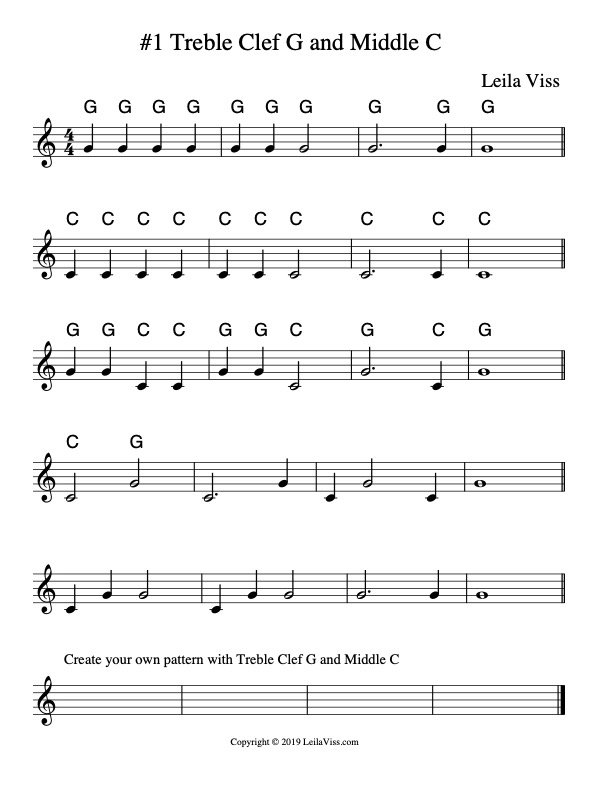Grand Staff Map
Grand Staff Map
The grand staff is a map that provides location and direction of pitches. The problem for piano students is that there are only 7 pitch names but 88 keys! The grand staff grid may look more like a maze rather than a map for early readers.
That’s why I give specific names to important pitches or landmark notes.
This package of digital downloads helps your students correlate landmarks, their names and locations on the staff with their location on the keyboard.
The grand staff is a map that provides location and of pitches. The problem for piano students is that there are only 7 pitch names but 88 keys! The grand staff grid may look more like a maze rather than a map for early readers.
That’s why I give specific names to important pitches or landmark notes.
In the Denver area, there are King Sooper grocery stores in every neighbor hood. So, when referring to the location of one we clarify it by saying the King Soopers on Arapahoe and Holly or the one on Dry Creek and University or the one on Holly and County line.
Back to grand staff, I clarify the location of Cs by giving them special names: Deep blue C, Cow C Middle C, Face, C, Cloud C. I also give special names to some Gs and Fs.
Next students correlate the location on the grand staff to the location on keyboard.
Giving specific names to landmarks and limiting drills to these landmarks can help you communicate clearly to your students during online lessons.
Here’s how you can use this grand staff map in lessons:
Print one for yourself and send a copy to your students and have them memorize and associate the names and locations of the pitches on the piano.
Drill their ears first by saying,
“I’m playing a C, can you match it?”
“What’s the name of it?”
Then switch and let them drill you.
Hold up a flash card and say “Find this G."
Next, ask “How did you know it was that G?
What you want to hear is their logic behind their answer”
“I know this is Outer Space G because it’s really far away from Middle C.”
When they are playing a piece, say “This one starts on an F, which F is it? How did you know?”
Hold up a flash card that is not a landmark note and ask them to find the closest landmark to it and then name the note.
To reinforce these, I recommend apps like Flashnote Derby, Note Rush and especially Note Quest. Note Quest designs sequential drills around landmarks and includes drills with a landmark and intervals from it.
One other way to drill these landmarks is through the one-line drills.
Each sheet adds new landmarks to be reviewed, they include pitch names which gradually fade and the landmarks are notated within rhythms.
First, let students play through and find the correct landmarks.
Then have them play the pitches with the correct rhythm.
Then play again with the correct pitches and rhythm with a metronome or groove to build confidence.
Fingering doesn’t matter.
There’s an invitation to write their own drill with the two landmark notes on the last line. This is a great opportunity for seeing if they understand where the landmarks are placed on the grand staff and if they are understanding bar lines and time signatures.
NEW! Bonus sheets!
Now there are sheets that include reading 2nds and 3rds from every landmark note. Here’s a sample of level 1 variations.
If you already own the Grand Staff Map, then grab the supplement sheets at the button below.
-IMPORTANT-
Separate digital files are packaged together in a ZIP file.
Download your copy as soon as you receive it in your email inbox. The link is included in your receipt.
Your link will expire 24 hours after you purchase it.
Please do not share your download with other teachers.
If you have any issues, please email me at leilaviss88@gmail.com









